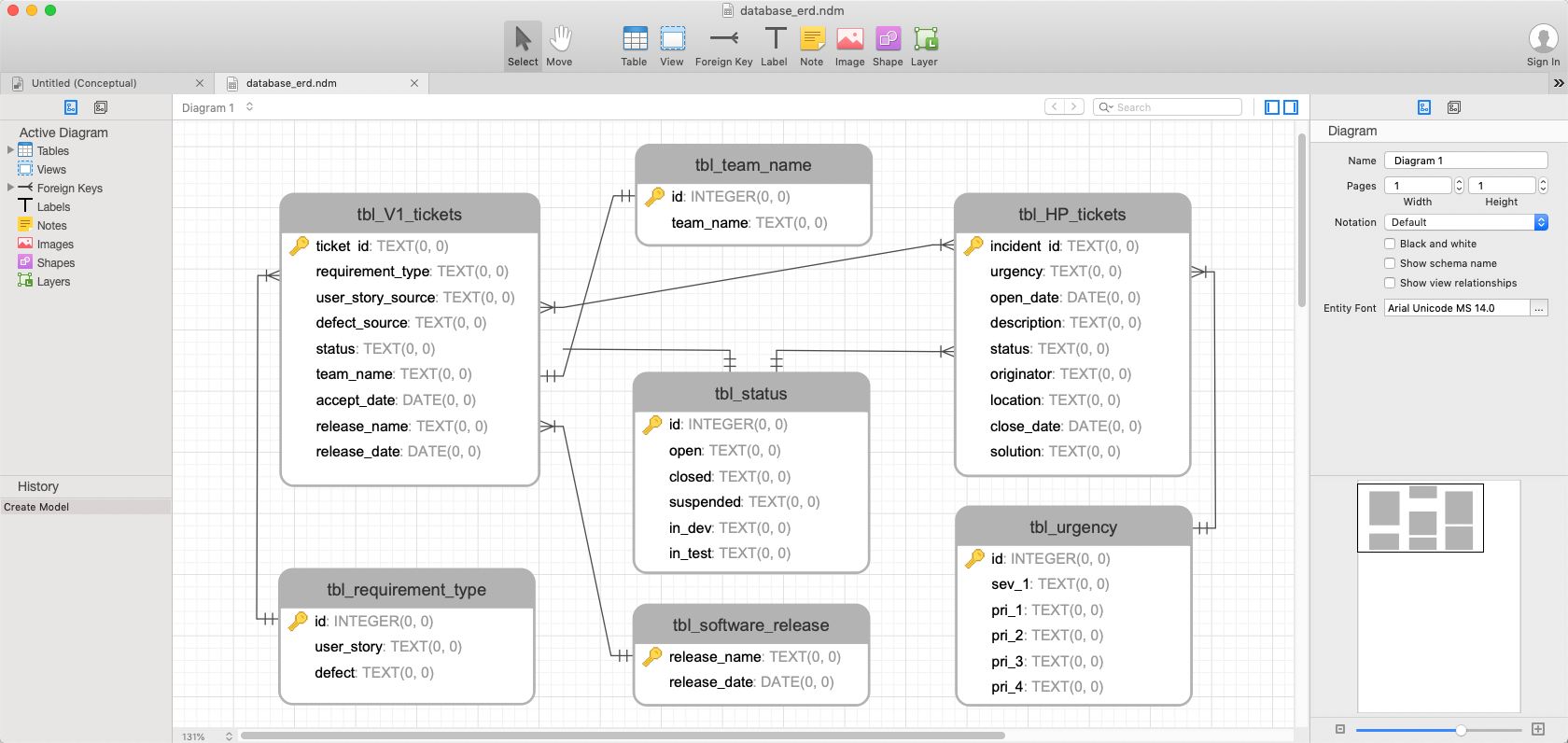

In our case, we have explicitly defined that we are installing 3.0.1. Check the Django version using the following command. So first, read the 3.0.1 release notes, then install it with pip: sudo pip install django=3.0.1 Now stay in that folder and install Django using the following command. Now is the time to install the Django Framework. You will see what your terminal looks like below. First, please Make sure you are in the virtual environment directory. Now, activate the virtual environment by typing the following command. Okay, so it will install the required folders. In my case, My virtualenv folder name is thanos. So navigate to that and type the following command. Now you will create this folder when you are putting your other projects. Okay, after installing, we need to create a virtual environment. sudo easy_install pip Step 3: Install virtualenv Pythonthon. Now, install it using the following command. Pip is the package management system used to install and manage software packages writtenPython thon. Step 2: Install Pip package management system. To get out from the python console, we need to type exit(). Okay, so we have successfully installed python 3. I am using iTerm2, so your terminal may be different, but it does not matter with any commands. It will display the version, and now we can execute the python code. So we need to type python3 instead of Python. Since MacOS X is already Pythonthon installed, we cannot uninstall the old version because otherwise, the Python 2 supported programs will be stopped, and we need to reinstall the mac. brew install python3Īfter completing the installation, you will type the following command to check the version. So what we do is install the latest versionPythonthon using homebrew. Python is already installed on a new Mac, but its version is old.


So first, I will show you how to install Python on Mac, install virtualenv, and install Django on that virtual environment. Here we will be creating a virtual environment on your system which will contain your project with python3.6 and django2.0. This article aggregates the basic setup needed to start a Python-Django project on macOS X.

We often find tutorials for separate technologies but not precise, compact forms. Install the Django framework using pip.Install the virtual environment package virtualenv to isolate the Django project.If you have not installed Python 3, then please install Python 3.To install Django on Mac, install the virtual environment package virtualenv to isolate the Django project and then install Django framework using pip command.


 0 kommentar(er)
0 kommentar(er)
